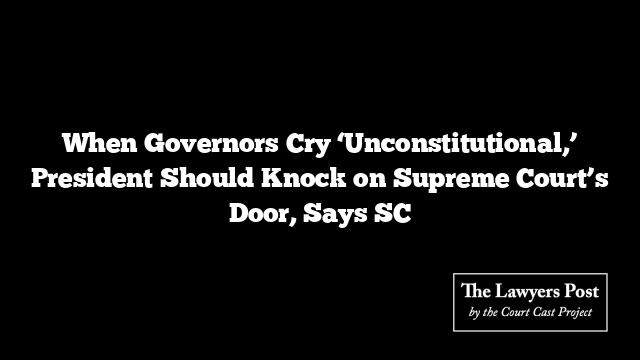In a sharp rebuke to the Maharashtra government, the Bombay High Court has ordered immediate action to clear the clutter of seized vehicles rotting in Mumbai’s already space-starved public areas. The Court didn’t mince words as it demanded the formation of a formal state-wide policy to end the practice of turning city sidewalks and police station perimeters into junkyards.
The ruling came in response to a plea from Marathon Maxima Co-operative Housing Society in Mulund, which flagged a long-standing issue—police-seized vehicles left to rust on nearby private land, creating both a visual blight and a hazard for pedestrians. According to the residents, these neglected machines had become part of the landscape, lingering for years as both an “eyesore” and an obstruction.
The bench, comprising Justice GS Kulkarni and Justice Advait Sethna, called out the authorities for dragging their feet, noting that this wasn’t the first time the issue had come up. Two years ago, a similar directive had been issued—also featuring Justice Kulkarni—but no policy ever materialized.
This time, the message was unambiguous: Mumbai has no room to spare. “Open spaces are a luxury in this city,” the Court noted. “Police stations across Mumbai are drowning in seized vehicles. Pavements are choked, roads are shrinking, and pedestrians are being squeezed out.”
The judges didn’t stop at lamenting—they made it clear that this chaotic sprawl of impounded vehicles is a direct encroachment on public amenities. The civic authorities and traffic department were criticized for standing idle while the situation worsens, despite being fully aware of the crisis.
“When footpaths are already eaten up by encroachments, and pedestrians are forced to walk on roads, how can the Traffic Department afford to be a silent spectator?” the bench asked.
In response, the Court has ordered the Additional Commissioner of Police (Traffic) and the state’s Inspector General of Police to draw up a detailed plan for the rapid relocation of all seized vehicles to official storage facilities. The blueprint must be prepared under the watch of the Principal Secretary of the Home Department and placed before the Court.
Mumbai may be bursting at the seams, but the judges made one thing clear—clutter caused by state inaction won’t be tolerated any longer.
The case will come up again on April 29.





